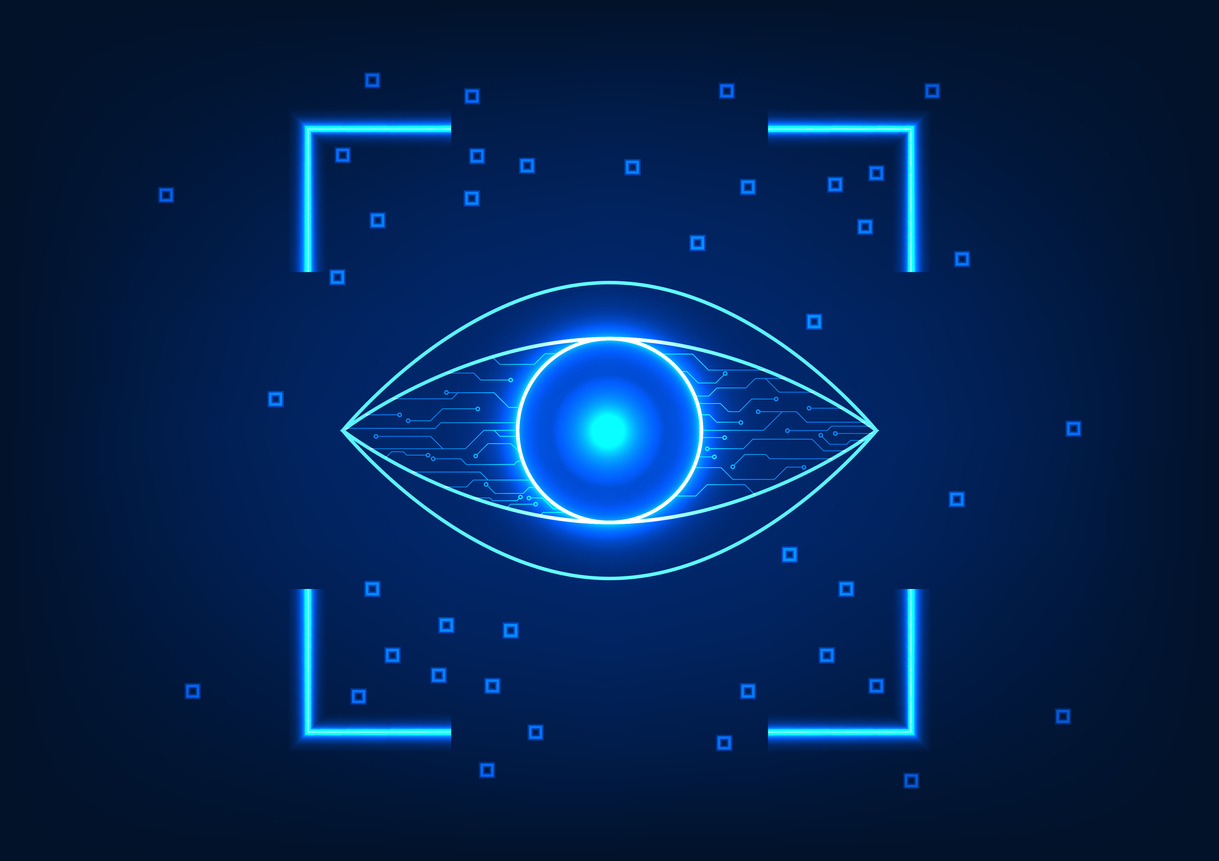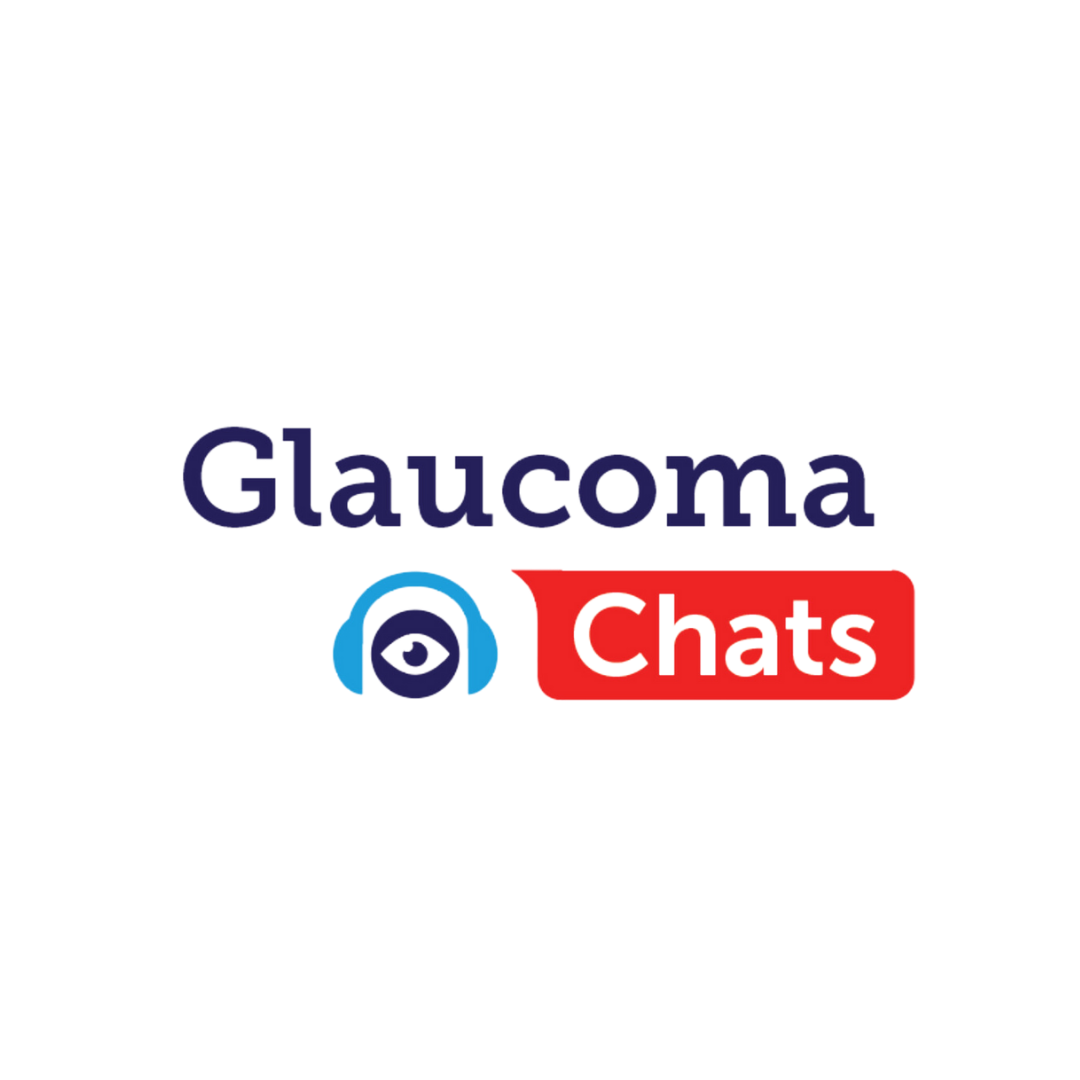
Glaucoma is actually a group of diseases, but the common feature among all types of glaucoma is optic nerve degeneration. Much like Alzheimer’s disease is a neurodegenerative disease of the brain, glaucoma is considered a neurodegenerative disorder of the optic nerve.
What is the Optic Nerve?
The optic nerve is composed of approximately 1.5 million nerve fibers at the back of the eye that carry visual messages from the retina to the brain. When light hits the retina, the photoreceptors (light-sensitive cells) receive and transmit this information to other specialized cells, including the final cell type in the chain, called the retinal ganglion cells. These cells reside in the retina, but their output “cables” or “fibers,” called axons, extend from the head of the optic nerve at the back of the eye to the brain. Therefore, the retinal ganglion cell plays a critical role as the output nerve cell of the eye that transmits visual information to the brain.
When your eyes are examined, the optic nerve is actually visualized by your eye doctor with the help of special lenses. The axons of the optic nerve are bundled and insert in the back of the eye, and this “optic disc” is seen in the back of the eye along with blood vessels. In optic nerve degeneration related to glaucoma, the optic disc displays changes that are characteristic of glaucoma, which your doctor may refer to as “cupping.”
Video Showing the Optic Nerve
“Cupping”
The normal optic nerve has a healthy appearing “rim” of tissue, which is assessed by both the contour of the rim as well as the color. “Cupping” is the result of changes in the optic nerve related to optic nerve degeneration, where there is a backward bowing of the central part of the disc. When your optic disc is seen in three dimensions, the “cupping” can be very obvious to your eye doctor. In the video below, the section beginning at approximately 29 seconds demonstrates the cupping effect.
There are also other physical features of the optic disc that can suggest glaucoma, such as thinning of the “rim,” focal notches or loss of rim tissue, and bleeding (also called disc hemorrhages). The thinning of the rim that characteristically first affects regions of the optic disc in glaucoma is related to the typical visual field deficits seen in glaucoma patients. When “cupping” related to glaucoma is very severe (when it affects most of the rim of the disc such that very little healthy tissue remains, for example) loss of central vision and ensuing blindness can result, although this typically occurs in the very late stages of glaucoma.
Video Demonstrating the “Cupping” Effect
An excellent visualization of optic nerve “cupping” starts at approximately 29 seconds into the video.
What Causes Optic Nerve Degeneration?
This is a difficult question to answer completely, as there are many different factors that contribute to the process. One major risk factor is eye pressure. However, it is possible to have elevated eye pressure or “ocular hypertension” and show no changes of optic nerve degeneration (although one would need to be monitored over time for signs of degeneration), and conversely it is possible to have normal eye pressure and significant optic nerve degeneration. What we do know is that there is likely mechanical damage at the site where the optic nerve inserts into the back of the eye. This is because the axons of the optic nerve leave the eye by passing through a structure called the “lamina cribrosa,” which is a mesh-like structure composed of pores or holes through which the axon bundles must cross. It is thought that the site of initial damage may be to the axons as they pass through the lamina cribrosa. Another contributing factor may be blood flow to the optic nerve. Some believe that in cases of normal-tension glaucoma, impaired blood flow to the optic nerve may be playing a more important role in the degenerative process.
Protecting the Optic Nerve (Neuroprotection)
The current treatments for the degenerative process of glaucoma, whether medical or surgical, are to lower eye pressure. This is achieved using eye drops, laser surgery, or incisional eye surgery. While lowering eye pressure has been proven to slow visual field loss, the unfortunate reality is that some patients whose pressures have been lowered still continue to show signs of worsening. Therefore, there is much attention paid to developing novel treatments that slow or halt optic nerve degeneration, also called neuroprotection. One of the currently available treatments that may have neuroprotective effects is the eye drop Alphagan (brimonidine), which is used to lower eye pressure in glaucoma patients. A recent randomized control trial compared patients with normal pressure glaucoma who received either timolol (another eye drop commonly used to treat glaucoma) or brimonidine.
Despite the fact that both groups had similar eye pressure lowering, patients receiving brimonidine had visual fields that did not deteriorate as much as the visual fields of patients receiving timolol. However, there are a few caveats in interpreting this study, including the fact that more patients dropped out of the study in the brimonidine group as compared to the timolol group. Certainly more studies are needed on neuroprotective treatments that demonstrate that vision is truly preserved, retinal ganglion cells survive, and optic nerve degeneration is halted.
About BrightFocus Foundation
BrightFocus Foundation is a premier global nonprofit funder of research to defeat Alzheimer’s, macular degeneration, and glaucoma. Through its flagship research programs — Alzheimer’s Disease Research, Macular Degeneration Research, and National Glaucoma Research— the Foundation has awarded nearly $300 million in groundbreaking research funding over the past 51 years and shares the latest research findings, expert information, and resources to empower the millions impacted by these devastating diseases. Learn more at brightfocus.org.
Disclaimer: The information provided here is a public service of BrightFocus Foundation and is not intended to constitute medical advice. Please consult your physician for personalized medical, dietary, and/or exercise advice. Any medications or supplements should only be taken under medical supervision. BrightFocus Foundation does not endorse any medical products or therapies.
- Disease Biology










